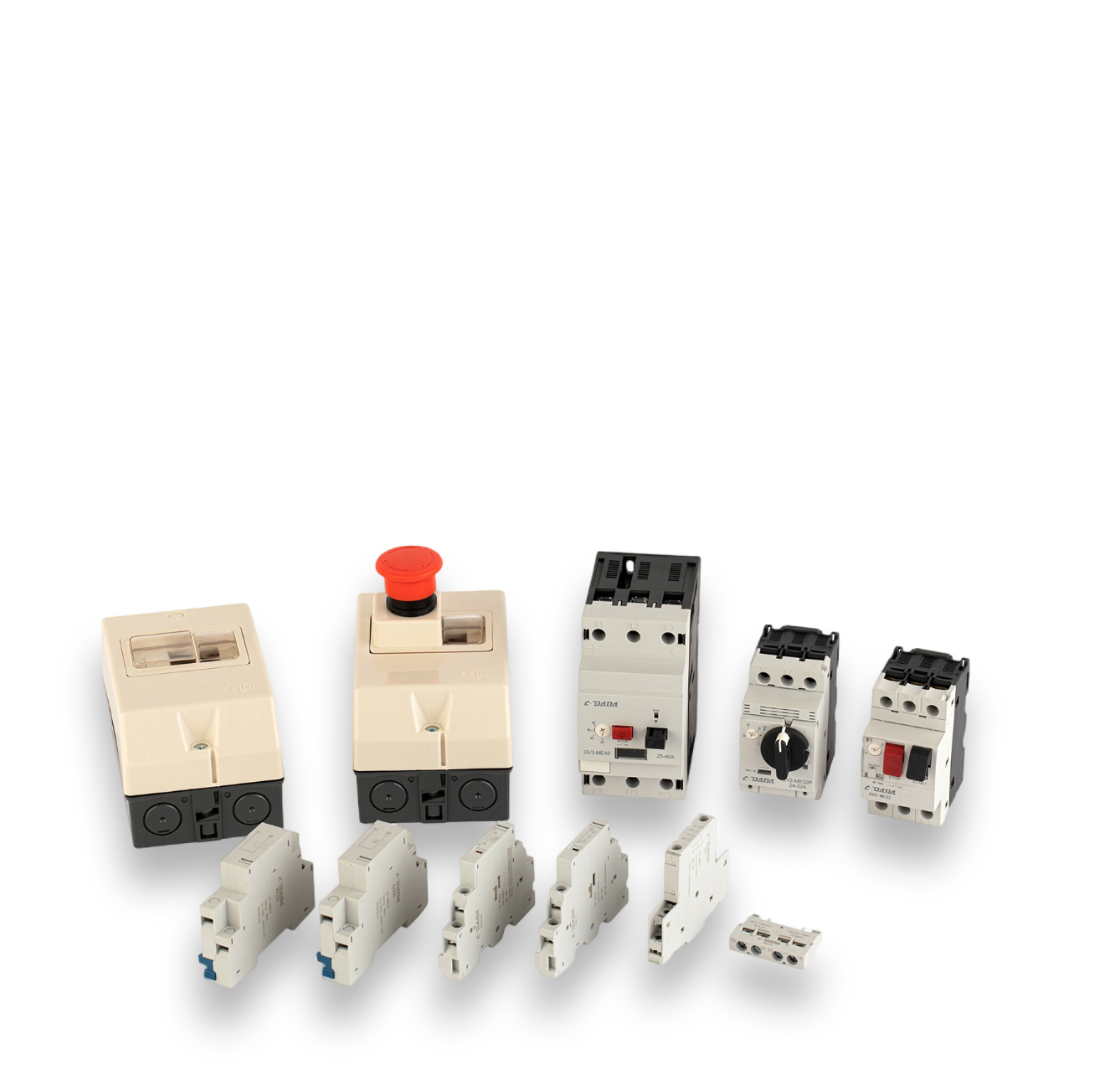In modern power distribution systems for buildings, industry and infrastructure, system stability and reliability are of paramount importance. Especially in the event of a short-circuit or overload fault, the response of the electrical protection device directly determines whether the system can be quickly restored and whether the impact can be minimized.
In order to achieve this goal of “precise disconnection with limited reach”, selectivity and cascading protections play a central role as two key concepts in the design of power distribution systems. They not only enhance the fault tolerance of the system, but also reduce operation and maintenance costs and accident risks. In this paper, we will discuss the principles of these two protection strategies, application methods and selection basis, to provide a more reliable set of reference framework for electrical engineers.

Selectivity protection refers to: when a fault occurs in a circuit of the distribution system, only the closest fault point of the protective device action, the upstream equipment to remain closed, the rest of the system continues to operate, thereby minimizing the scope of power supply interruption.
This “hierarchical protection” principle can effectively isolate the fault and improve the reliability of power supply to the critical load. For example, when a lighting branch circuit is short-circuited, only the circuit breakerfor that branch circuit trips, while the main switchboard and other branch circuits are unaffected.
The implementation of selective protection relies on several key factors:
Time-Current Characteristic Curve (TCC) Coordination: By comparing the action time curves of the upper and lower circuit breakers, it ensures that the lower level equipment is prioritized to be disconnected in the event of a fault.
Current-capacity matching: According to industry standards, it is usually required that the rated current of the upper-level protective device is 1.5 times greater than that of the lower level, e.g., 1000A for the upper level corresponds to 630A for the lower level.
Manufacturer's test data: In some cases, it is necessary to refer to the coordinated combination certification report provided by the circuit breaker manufacturer to confirm whether the selective protection is established.
Selective protection offers the following advantages:
Improvement of power supply continuity: Especially suitable for hospitals, data centers, rail transportation and other occasions where the power supply requirements are very high.
Minimizing the impact of faults: limiting the scope of tripping makes it easy to quickly investigate the problem and restore operation.
Optimize system maintenance: reduce false tripping and false alarms, which is conducive to long-term stable operation.
Cascading protection, also known as “standby protection” or “coordinated interrupting”, is a strategy whereby a higher level circuit breaker assists a lower level circuit breaker to perform interrupting tasks in the event of high fault currents to compensate for insufficient interrupting capacity of the lower level equipment.
This strategy is usually applied to cost-sensitive projects or non-critical load areas. It can improve the overall system safety and compliance without replacing the lower level equipment.
According to international standards such as IEC 60947-2 and AS/NZS 61439, if the combination of upper and lower level circuit breakers passes the manufacturer's testing and validation, it can be listed as a cascade combination in the documentation for design engineers to choose.
This type of combination not only ensures that the lower level equipment will not fail due to insufficient capacity in case of short circuit, but also avoids the cost and volume burden brought by higher level equipment.
Auxiliary equipment load ircuits in industrial plants
End lighting/outlet distribution boxes in commercial buildings
Economy-first project design
It should be noted that under cascade protection, the higher-level circuit breaker is more likely to trip during a fault, so it is not recommended for circuits that require high power supply stability (e.g., UPS power supply, life safety equipment, etc.).

| Feature | Selective Protection | Cascading Protection |
|---|---|---|
| Goal | Isolate faults, maintain uptime | Provide backup breaking capacity |
| Tripping | Only downstream device trips | Both upstream & downstream may trip |
| Use Case | Critical loads (hospitals, data centers) | Non-critical or cost-sensitive systems |
| Design Rule | TCC coordination, current ratio | Manufacturer-tested combinations |
Summary:
Selectivity = Reliability (best for high-availability systems).
Cascading = Cost Efficiency (suitable for non-critical applications).
To realize efficient selective protection, it is necessary to combine theory and practice, and consider the system structure, equipment characteristics and fault modes:
Based on the Time-Current Characteristic Curve (TCC), compare the action intervals of the upper and lower levels of circuit breakers to ensure that there is no overlap.
Use specialized software (e.g. PowerTools, ETAP, PowerCAD) for simulation and coordination analysis.
Refer to the coordination certification data provided by the manufacturer to ensure that the equipment combination has practical feasibility.
≥800A breakers: Mandatory selectivity analysis.
250A–800A breakers: Follow the 1.5x current ratio rule.
≤80A MCBs: Selectivity usually not required.
Avoid cascading for UPS, PV systems, or DC circuits.
Prioritize selectivity in multi-bus or ring networks.
With the increasing complexity of the electrical load, the protection scheme of the electrical system is no longer a simple superposition of “the more advanced, the safer”. The rational combination of selective protection and cascade protection can ensure system safety while taking into account the cost and operation and maintenance efficiency.
For design engineers, an in-depth understanding of the working principle, application scenarios and selection basis of these two strategies is the key to guaranteeing high-quality project delivery and long-term operational stability.
With more than 30 years of experience in R&D and manufacturing of low-voltage electrical appliances, Shanghai DADA Electric Co., LTD specializes in the production of high-performance circuit breakers and switchgear. Our products have passed CB, CE, CCC, SEMKO, KEMA, ASTA and other international certifications, and are used in many critical power systems around the world.
Our range of circuit breakers offers a wide range of short-circuit breaking capacities and a variety of fitment approvals, supporting multi-level selective design and cascading protection requirements. Whether it's a critical infrastructure or residential building project, DADA can provide you with a stable, safe and compliant solution.